Mortgage Basics
Foreclosure is when a lender takes a property after missed mortgage payments.
What is Foreclosure?
Stages of Foreclosure: The process typically includes missed payments, lender notices, legal filings, and, ultimately, the sale of the property.
Impact on Homeownership: A foreclosure can result in the loss of the home, significant credit damage, and difficulties in securing future loans.
Stages of Foreclosure
Missed Payments: After multiple missed payments, the lender contacts the borrower regarding delinquency.
Notice of Default (NOD): The lender formally notifies the borrower that they are in default, usually after 90 days of missed payments.
Pre-Foreclosure Period: The borrower may have time to resolve the default by making payments, negotiating with the lender, or selling the home.
Auction or Sheriff’s Sale: If no resolution is reached, the home is auctioned to recover the unpaid loan balance.
Bank-Owned Property (REO): If the property does not sell at auction, it becomes real estate owned (REO) by the lender, who may sell it on the market.
Consequences of Foreclosure
Credit Score Impact: A foreclosure remains on a credit report for up to seven years, making future borrowing more difficult.
Eviction and Relocation: The borrower must vacate the property, often with little time to secure alternative housing.
Deficiency Judgments: In some states, lenders can pursue borrowers for the difference between the loan balance and the sale price of the home.
Tax Implications: The IRS may consider forgiven debt as taxable income, though some exceptions exist.
Ways to Avoid Foreclosure
Loan Modification: Lenders may adjust loan terms, such as interest rate reductions or extending the repayment period, to make payments more manageable.
Forbearance Agreement: A temporary pause or reduction in payments may be available for borrowers facing short-term financial hardship.
Refinancing: If eligible, homeowners can refinance into a new loan with lower payments before defaulting.
Selling the Home: A homeowner can sell the property before foreclosure to pay off the mortgage and avoid credit damage.
Short Sale: With lender approval, selling the home for less than the outstanding mortgage balance can prevent foreclosure.
Deed in Lieu of Foreclosure: The borrower voluntarily transfers homeownership to the lender to avoid a foreclosure record.
Government Assistance and Foreclosure Prevention Programs
FHA and VA Assistance: Government-backed loan programs offer foreclosure prevention options, such as repayment plans and loss mitigation strategies.
Housing Counselors: HUD-approved housing counselors provide free guidance on avoiding foreclosure and negotiating with lenders.
State and Local Programs: Some states offer mortgage relief assistance to struggling homeowners.
Final Steps for Homeowners Facing Foreclosure
Communicate with Your Lender: Early intervention and open communication can lead to alternative solutions before foreclosure proceedings begin.
Explore All Available Options: Reviewing different foreclosure alternatives can help borrowers make informed decisions.
Seek Legal and Financial Advice: Consulting an attorney or housing counselor can provide valuable guidance on rights and foreclosure defenses.
Your Goals. Your Home. Your Brightside.
Home financing should feel empowering, not overwhelming. At Brightside Mortgage, we’re committed to helping you achieve homeownership with confidence, clarity, and peace of mind. Let’s turn your homeownership dreams into reality—together.

